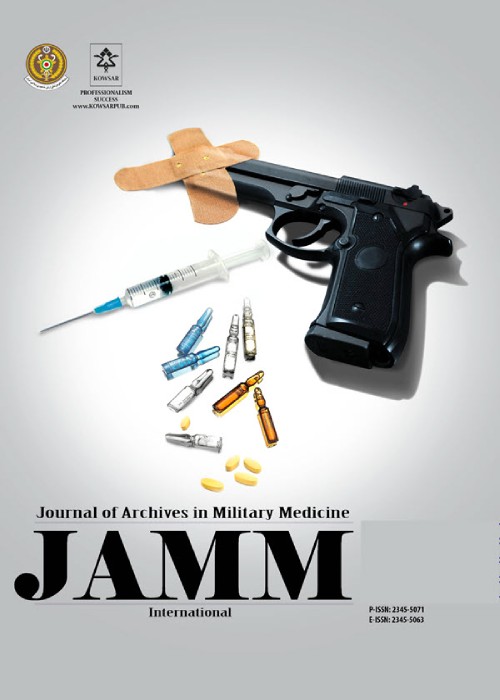Which Type of Univariate Forecasting Methods is Appropriate for Prediction of Tuberculosis Cases in Razavi Khorasan Province? A Need for Surveillance and Biosurveillance Systems
TB surveillance and preventing the further spread of the disease need the full knowledge of the biological characteristics influencing TB and detecting mathematical patterns to interpret the mechanism of TB spread. These models can provide explanations and knowledge of the dynamics of diseases and can be used for forecasting the ensuing values. To determine the possible
number of patients, the time ahead is vital for decision making in public health. However, it is essential to determine forecasts’ accuracy utilizing genuine forecasts. Thus, we obtained the TB cases from April 2007 until March 2018 in Razavi Khorasan province to develop a fit model and forecast the number of TB cases for the next 24 months.
We considered a time series of monthly incidence counts of TB in Razavi Khorasan province from April 2007 until March 2018. The data included total TB, pulmonary TB, new pulmonary TB, retreatment TB, and extrapulmonary TB cases. For choosing models and forecasting, we use about 20% of all data (24 data) for testing and the rest for training the model. The optimization of parameters was done automatically according to the smallest root mean squared error for these time-series analysis techniques with STATA. The models were EWMAs models (single exponential and double exponential smoothers) and totally, we compared the quality of forecasts provided by EWMAs models through the stand-alone measurement (RMSE).
The patterns of raw series of total TB, pulmonary TB, and new pulmonary TB were almost the same. They illustrated slowly downward trends with oscillation around the trend that was a property of cyclic trend. For retreatment TB and extrapulmonary TB cases, reductions occurred over time although with no pattern. The results of statistical models indicated that the values of smoothing
constants of all series were near zero that indicated a very smooth series with slowly changing counts. Total TB, pulmonary TB, and new pulmonary TB series had double exponential patterns with noisy and long-standing trend and they might be increasing in the 24 months ahead. Retreatment TB and extrapulmonary TB series had simple exponential patterns with noisy and without
secular trends; they might be with no changes in the 24 months ahead.
The end TB strategy, MDG 6, target 8 is to stop and start to inverse the incidence of TB by 2015 and we joined this strategy in January 2006. However, TB control remains one of the main public health concerns. In recent years, our country has experienced immigrants from neighboring countries, sanctions or/and attacks with category C of biological agents in moving toward tuberculosis elimination. Our implementation requires changes in strategies and activities that should evolve over time. The findings of this study are helpful in achieving this goal
- حق عضویت دریافتی صرف حمایت از نشریات عضو و نگهداری، تکمیل و توسعه مگیران میشود.
- پرداخت حق اشتراک و دانلود مقالات اجازه بازنشر آن در سایر رسانههای چاپی و دیجیتال را به کاربر نمیدهد.


